Mastering Sedan Collision Repair: Restoring Vehicles to Perfection
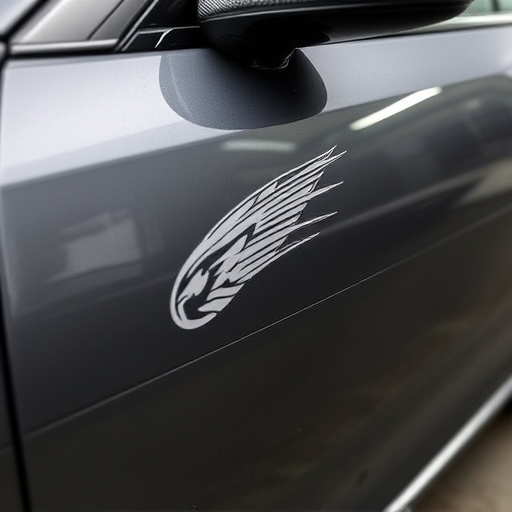
Sedan collision repair is a meticulous process involving skilled technicians and advanced technology…….
In the realm of automotive restoration, sedan collision repair stands as a critical process, ensuring vehicles return to their pre-accident condition. This comprehensive article aims to explore every facet of sedan collision repair, from its foundational principles to emerging technologies and global implications. By delving into this topic, we uncover the intricate world of restoring damaged sedans, highlighting its economic, technological, and regulatory dimensions. Through case studies and an analysis of trends, we will demonstrate why sedan collision repair is not merely a service but a vital component in the automotive industry’s ongoing evolution.
Definition: Sedan collision repair refers to the specialized process of restoring damaged sedans—a popular car body style characterized by a separate engine compartment and passenger compartment—to their original structural and aesthetic integrity after a collision or accident. This meticulous craft combines expertise in metalworking, painting, and precision engineering to ensure safety and visual appeal are seamlessly reconciled.
Core Components:
Structure Repair: This involves realigning and replacing damaged body panels, such as fenders, doors, and hoods, ensuring the vehicle’s structural integrity remains intact.
Panel Replacement: Damaged or crushed panels are replaced with new ones, often manufactured to exact specifications to maintain original fit and finish.
Paint Restoration: Skilled technicians expertly match and apply paint to conceal repair sites, achieving a seamless blend that matches the vehicle’s original color and finish.
Mechanical Alignment: After structural repairs, advanced equipment is used to ensure the vehicle’s suspension, steering, and alignment are correctly adjusted, enhancing safety and handling.
Historical Context:
Sedan collision repair has evolved significantly over the years, mirroring technological advancements in the automotive industry. The introduction of computer-aided design (CAD) software and 3D imaging has revolutionized measurement and repair accuracy. Additionally, the development of advanced materials, such as high-strength steels and lightweight composites, has influenced repair techniques, allowing for more precise restoration while improving vehicle safety.
Sedan collision repair is a global industry with a profound economic impact. According to a recent report by Market Research Future (MRFR), the global automotive body shop market, which encompasses sedan collision repair, is projected to reach USD 364.8 billion by 2027, growing at a CAGR of 5.5% from 2020 to 2027. This growth is attributed to rising vehicle ownership, especially in developing countries, and the increasing demand for safe and aesthetically pleasing repairs.
Regional Variations:
North America: The United States and Canada have well-established collision repair industries, known for their advanced technology and high standards. The region’s robust automotive manufacturing base fuels the demand for skilled technicians and specialized equipment.
Europe: European countries like Germany and the UK lead in precision engineering and innovative repair techniques. Strict safety regulations drive the adoption of cutting-edge technologies, ensuring meticulous restoration practices.
Asia Pacific: Rapidly growing economies in China and India are experiencing a surge in vehicle ownership, driving the need for collision repair services. The region’s focus on affordable yet quality repairs presents unique opportunities and challenges.
The sedan collision repair market operates within a dynamic economic landscape, influenced by several key factors:
Vehicle Insurance Claims: Insurance companies play a pivotal role in the industry, as they facilitate claims processing and repair funding. The cost of repairs is often covered by comprehensive or collision insurance policies, making it a significant revenue stream for repair shops.
Increasing Vehicle Sales: Rising global vehicle sales, particularly in emerging markets, drive the demand for collision repair services. As more cars hit the road, the potential for accidents and subsequent repairs increases.
Technological Upgrades: Advancements in vehicle technology, such as advanced driver-assistance systems (ADAS) and electric vehicles (EVs), present both challenges and opportunities. While these technologies can increase repair complexity, they also open doors to specialized repair services catering to modern vehicle needs.
Labor Costs and Skilled Workforce: Labor remains a critical factor in the economic equation. Highly skilled technicians are in demand, driving up labor costs. Training programs and initiatives to foster a qualified workforce are essential for market growth.
Technological innovations have been instrumental in transforming sedan collision repair, enhancing efficiency, precision, and sustainability:
Computer-Aided Design (CAD) Software: CAD systems enable technicians to design and plan repairs with unprecedented accuracy. These tools provide detailed measurements, ensuring precise panel replacement and alignment, resulting in superior restoration quality.
3D Imaging and Scanning: Advanced 3D scanning technology captures detailed vehicle images, allowing for non-destructive assessments and accurate documentation of damage. This technology aids in identifying repair needs and facilitating insurance claims.
Robotic Welding: Robotic arms enhance welding accuracy and speed, reducing labor costs and improving consistency. They are particularly useful for complex panel replacements, ensuring precise seams and minimal distortion.
Environmental Friendly Practices: The industry has embraced eco-friendly technologies to minimize its environmental impact. Water-based paints and low-VOC (volatile organic compound) materials reduce air pollution. Additionally, recycling programs for automotive parts contribute to sustainability efforts.
Government policies and regulations play a critical role in shaping the sedan collision repair industry, ensuring safety, consumer protection, and environmental standards:
Safety Standards: Strict vehicle safety regulations drive the need for robust collision repair practices. Governments mandate specific criteria for structural integrity, crash testing, and safety feature retention during repairs.
Consumer Protection: Laws protect consumers’ rights, mandating transparent pricing, ethical business practices, and quality assurance in repair services. These regulations foster trust between customers and repair shops.
Environmental Regulations: Strict emission standards and waste management guidelines influence collision repair operations. Shops must adhere to regulations regarding the disposal of automotive fluids and hazardous materials.
Training and Certification: Many countries require collision repair technicians to undergo specialized training and obtain certifications to ensure competency and safety. These programs cover a range of topics, from basic auto mechanics to advanced repair techniques.
Despite its advancements, the sedan collision repair industry faces several challenges and criticisms that demand attention:
Skill Shortage: The industry struggles with a shortage of skilled technicians due to changing job preferences and the time-intensive nature of training. Addressing this gap through comprehensive training programs and apprenticeship initiatives is crucial.
Technological Complexity: As vehicles become increasingly complex, so do repair procedures. Technicians must stay abreast of technological advancements, which requires continuous learning and investment in training infrastructure.
Costly Repairs: Major accidents often result in extensive repairs, leading to higher costs for both repair shops and insurance companies. Efficient damage assessment and tailored repair strategies can mitigate these challenges.
Ethical Concerns: The industry has faced criticism for profit-driven practices, especially in relation to parts replacement and labor rates. Transparency and ethical business conduct are essential to maintaining customer trust.
In the bustling metropolis of Tokyo, Japan, an advanced collision repair center has set new standards in sedan restoration. This facility employs cutting-edge technology, including robotic welding and 3D scanning, to achieve unparalleled precision. Their success lies in a comprehensive training program that attracts top technicians from across the country. The center’s reputation for meticulous repairs and customer satisfaction has made it a benchmark for collision repair excellence in Asia.
California’s collision repair industry has embraced sustainability, with several shops implementing eco-friendly practices. One such example is an independent repair shop in Los Angeles that offers water-based painting and uses recycled materials whenever possible. This commitment to environmental responsibility has attracted environmentally conscious customers and earned the shop accolades for its innovative approach.
The sedan collision repair industry is poised for continued growth, driven by several emerging trends:
Autonomous Vehicles: The rise of autonomous vehicles presents unique challenges and opportunities. As these cars require specialized repairs due to advanced electronics and sensor systems, the industry will need to adapt its skill sets and training programs accordingly.
Electric Vehicle (EV) Repair: With the increasing popularity of EVs, repair shops must familiarize themselves with the unique requirements of these vehicles, including battery pack maintenance and specialized charging infrastructure.
Digital Transformation: The adoption of digital technologies, such as electronic documentation, cloud-based data sharing, and virtual reality training, will streamline operations and enhance collaboration among repair professionals.
Sustainable Practices: Environmental concerns will continue to shape the industry, pushing for further innovation in eco-friendly materials, recycling programs, and energy-efficient repair processes.
Sedan collision repair is more than just a service; it is a complex and vital component of the automotive industry’s ecosystem. From its technical precision to its economic impact and technological advancements, this field exemplifies the fusion of art and science in restoring vehicles to their optimal condition. As the industry navigates challenges and embraces emerging trends, sedan collision repair continues to play a pivotal role in ensuring road safety, environmental sustainability, and consumer satisfaction.
Q: How do I know if my car needs professional collision repair?
A: If your vehicle has sustained damage due to an accident or impact, it’s essential to have it assessed by a qualified technician. Look for signs like misalignment, dents, cracks in the body panels, or liquid leaks, which may indicate structural damage.
Q: Will my insurance cover all repair costs?
A: Insurance policies typically cover collision-related repairs, but the extent of coverage depends on your specific plan. It’s crucial to understand your policy’s deductibles and limitations. Some policies also offer options for rental cars during the repair process.
Q: Are there ways to reduce the cost of collision repairs?
A: Absolutely. Shopping around for estimates from different repair shops can help you find competitive prices. Additionally, ensuring that your insurance company uses a network of preferred repair facilities can often result in more affordable options while maintaining quality standards.
Q: Can I learn collision repair myself?
A: While it’s possible to acquire basic skills, becoming a skilled collision repair technician requires extensive training and practical experience. Many countries have certified training programs that equip individuals with the necessary expertise to work in this field.
Q: Are there environmental concerns related to sedan collision repair?
A: The industry has made significant strides in minimizing its environmental impact. Through the use of eco-friendly paints, recycling initiatives, and energy-efficient practices, collision repair shops are contributing to a greener automotive sector.

Sedan collision repair is a meticulous process involving skilled technicians and advanced technology…….
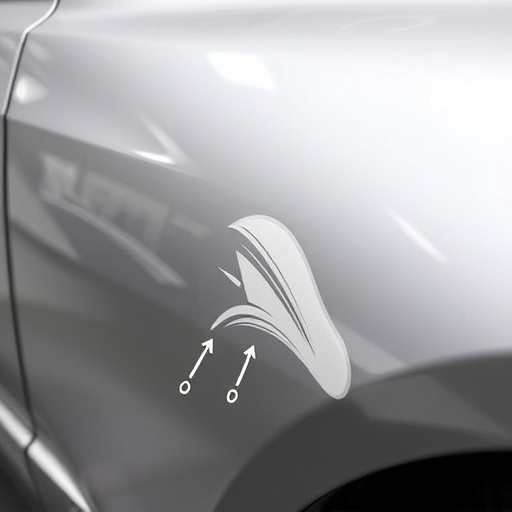
Sedan collision repair involves advanced damage assessment using tools like visual inspections, 3D l…….

Sedan collision repair involves critical steps: professionals use advanced tools to assess both visi…….
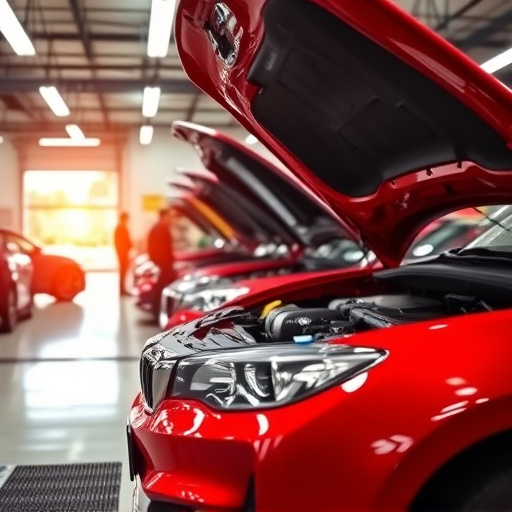
Sedan collision repair involves a detailed process from damage assessment to comprehensive restorati…….
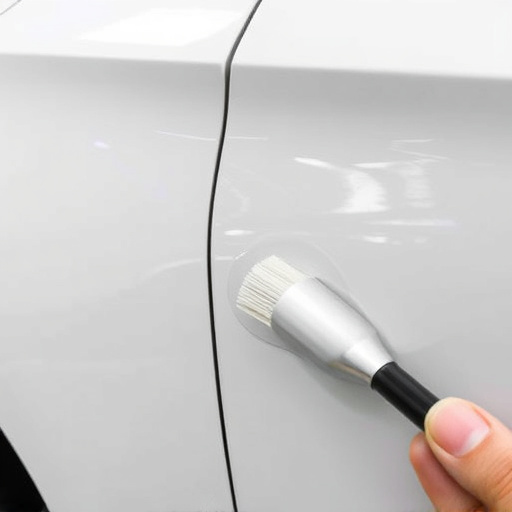
Sedan collision repair combines advanced technology and skilled labor to restore damaged vehicles to…….
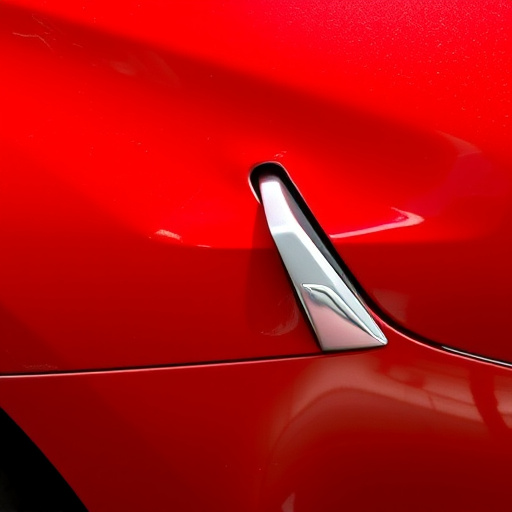
Sedan collision repair involves meticulous inspection, disassembly, straightening, and precise recon…….
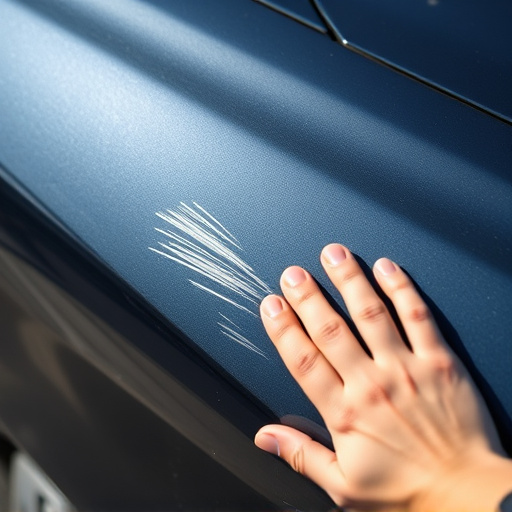
Sedan collision repair requires auto technicians to possess advanced skills and knowledge for restor…….

Sedan collision repair involves restoring vehicles damaged in various accidents, from minor dents to…….
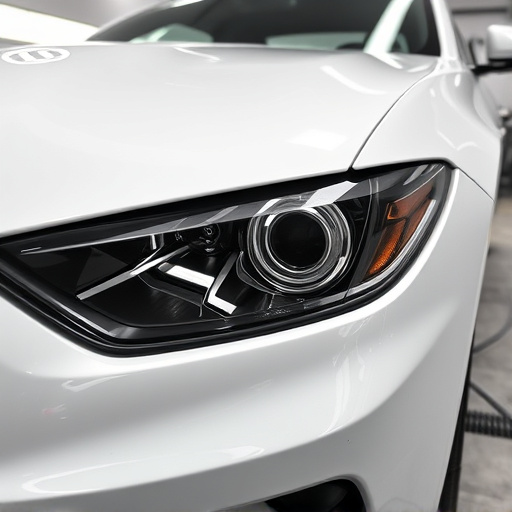
Assessing damage through visual inspections and documentation via photos is crucial for sedan collis…….

Sedan collision repair begins with meticulous damage assessment, including visual inspections and me…….